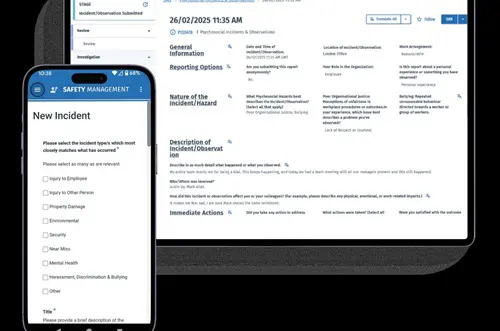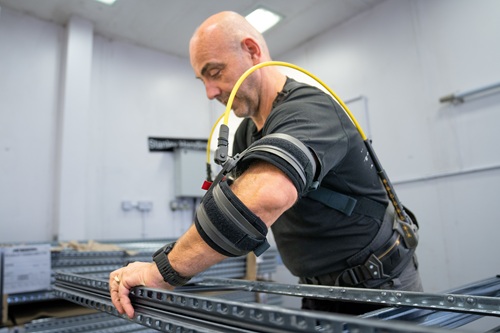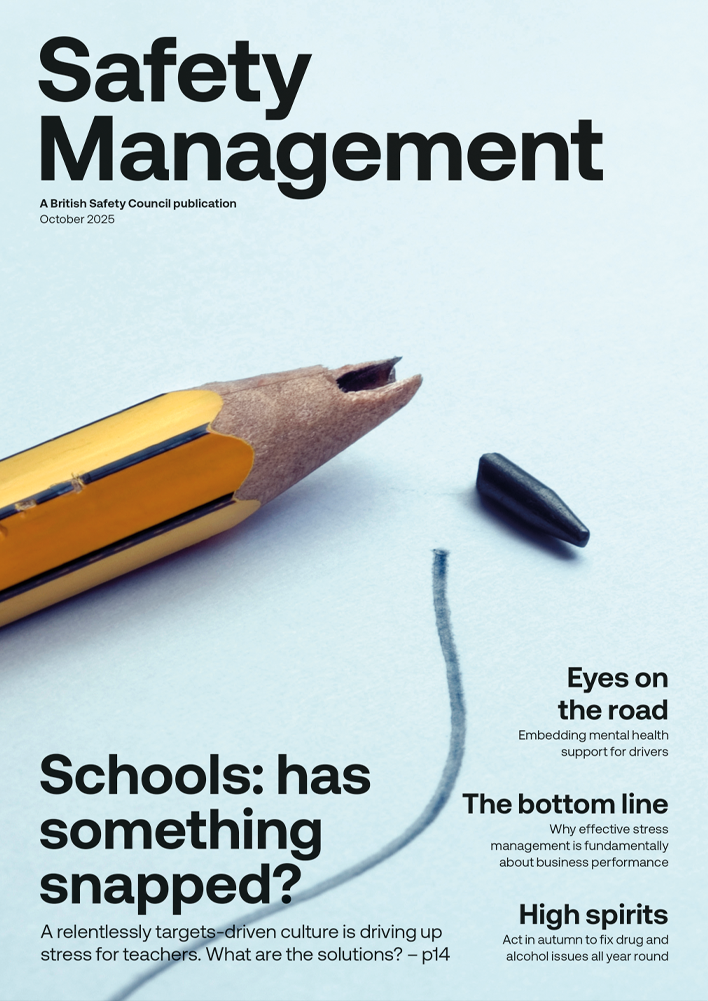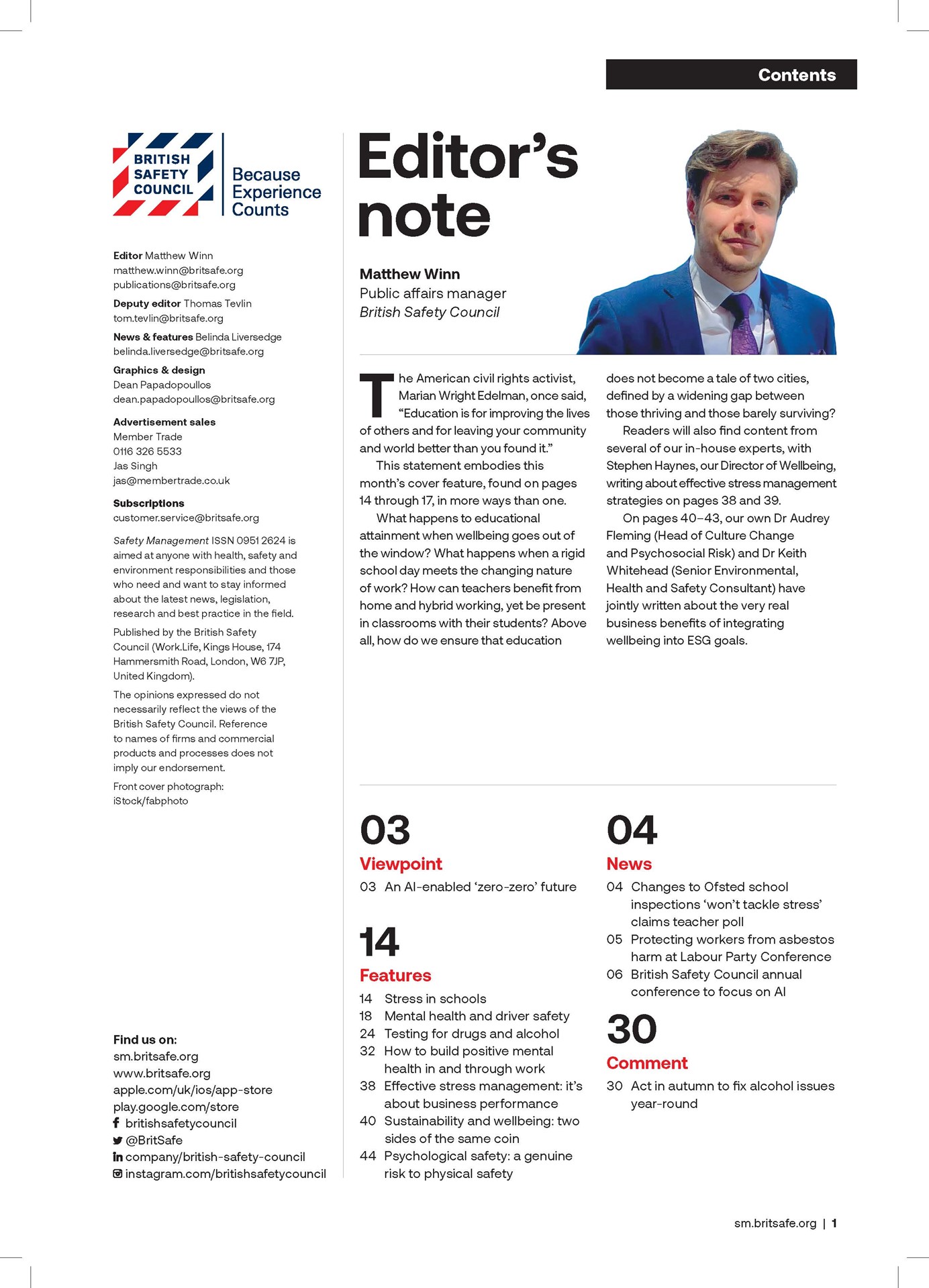Although major strides have been made in recent years to reduce dangerous utility asset strikes during digging and overhead works, greater sharing of information about the circumstances of utility strikes by the asset owners would enable further safety lessons to be learned to protect workers from injury.
Features
Utility asset strikes: how sharing incident data can boost safe digging
Safety is at the core of what we do at LSBUD, the UK’s leading online safe digging resource. Over the past 12 months, our portal has logged more than 3.9 million safe digging search enquiries, from businesses like civil engineering contractors, construction workers, local authorities and the public. That is more than the number of steps the average human takes each year.
Each person performing a search is looking to identify the location of utility assets, like underground pipes and cables, registered with LSBUD by asset owners, so they can safely undertake digging projects. The sheer number of search enquiries generates an immense set of data to analyse, helping us to identify and track patterns and trends. This is the key to keeping UK workers safe, especially when they are working near the UK’s underground network of electricity and broadband cables, or the gas, chemical and high-pressure fuel pipelines. It also helps us futureproof the existing infrastructure of pipe and cable networks.
 Without the full picture, forecasting and developing industry safe digging best practices becomes incredibly challenging. Photograph: LSBUD.
Without the full picture, forecasting and developing industry safe digging best practices becomes incredibly challenging. Photograph: LSBUD.
The role of reporting
Predictions and best practice can only emerge from trusted, timely and accurate reporting. Without the full picture, forecasting and developing industry safe digging best practices becomes incredibly challenging. To keep people safe when digging on-site, which has to be any project’s number one priority, we need the most up-to-date information. It allows people to trust in the decisions made and have the most significant and far-reaching impact. It’s vital that the safe digging community doesn’t put time and money into areas that don’t need it. Precise reporting from asset owners and utility providers stops this waste from happening.
However, some network operators are still not willing, or are certainly reluctant, to report third-party damage by people, such as contractors and the public, to their networks of pipes and cables. In most cases, this is because they simply don’t understand the value of sharing data surrounding their incidents. However, it could also be that they are concerned about both internal and external criticism, don’t have the necessary data or that the data they have collected isn’t recorded thoroughly enough. To an occupational safety and health professional, these reasons are frustrating, but can all be easily overcome.
In terms of the reporting itself, it is not just limited to ‘what’ has been hit. It’s a case of ‘what’, ‘where’, ‘when’, ‘how’, and ‘why’. These specific areas are vital in ensuring accurate data is reported and recorded by asset owners, and then utilised by the safe digging community and those working on site.
Arguably, the most important piece of data is the ‘why’. Why did this event occur? Identifying the root cause allows solutions and measures to be put in place by those responsible for the project, to minimise further damage now and in the future. In fact, depending on the situation, the cause of pipeline damage can be completely eradicated.
 Laura Knight is head of marketing at LSBUD. Photograph: LSBUD.
Laura Knight is head of marketing at LSBUD. Photograph: LSBUD.
This is not only good news for the workers, allowing them to work more safely on-site, but also the asset owners themselves. In short, less third-party damage due to works carried out near utility assets means less money spent on repair work, fewer delays, fewer pipes/cables out of action and less damage to brand perception. It really is a win/win.
External support
There are an increasing number of resources available to dutyholders, like civil engineering, groundwork and agricultural contractors, looking to more effectively reduce the risk of asset strikes. These include some fantastic free resources shared via the Utility Strike Avoidance Group (USAG), as well as a free-to-use reporting database currently in development.
Building on the successes of USAG is something that could help make an even bigger difference to the safe digging community.
Conclusion
Honest reporting equates to accurate data, which enables better safety and protection for pipes, cables and workers. Companies can show their commitment to avoiding utility strikes by signing the USAG Charter. This is a formal commitment by dutyholders to always properly plan and safely carry out work near underground utilities, investigate when assets are damaged to identify the causes and corrective actions, and share the significant findings of incident investigations with USAG so lessons can be learned and shared.
We encourage each asset owner to think ‘report to progress’. Keep reporting and keep improving on your reporting. If it doesn’t cover ‘what’, ‘where’, ‘when’, ‘how’ and ‘why’, then it’s not complete.
Accuracy is key when it comes to safeguarding people and our underground assets. Each and every action provides valuable information that is crucial for future protection. If you require guidance, feel free to reach out to us.
Laura Knight is head of marketing at LSBUD
To find out more about LSBUD, please visit: lsbud.co.uk
FEATURES

The psychosocial safety challenge: why UK organisations must rethink risk management
By Jose Arcilla, HSI on 09 December 2025
Employers are increasingly keen to effectively manage psychosocial risks such as stress, bullying and poor work-life balance, and EHSQ digital tools make it easier both for workers to report psychosocial problems and for managers to spot patterns and trends, intervening early to protect everyone’s mental and physical wellbeing.

AI-powered wearables: transforming workplace health and safety
By Graham Sharp, Stanley on 08 December 2025
Wearable technology powered by AI analysis is now regularly deployed to prevent safety problems like musculoskeletal injuries and collisions between forklifts and pedestrians, and future developments mean the technology looks set to make it easier to manage other safety challenges, like site evacuations.

Supporting neurodiverse employees: why standard DSE assessments fall short
By Guy Osmond and Alex Reffell, Osmond Ergonomics & Wellbeing on 08 December 2025
Display screen equipment assessments have traditionally focused on tackling the physical ergonomics of desk-based work in a bid to reduce musculoskeletal risks, but effectively supporting the wellbeing and productivity of neurodivergent workers involves a wider consideration of their cognitive, sensory, organisational and environmental needs.



